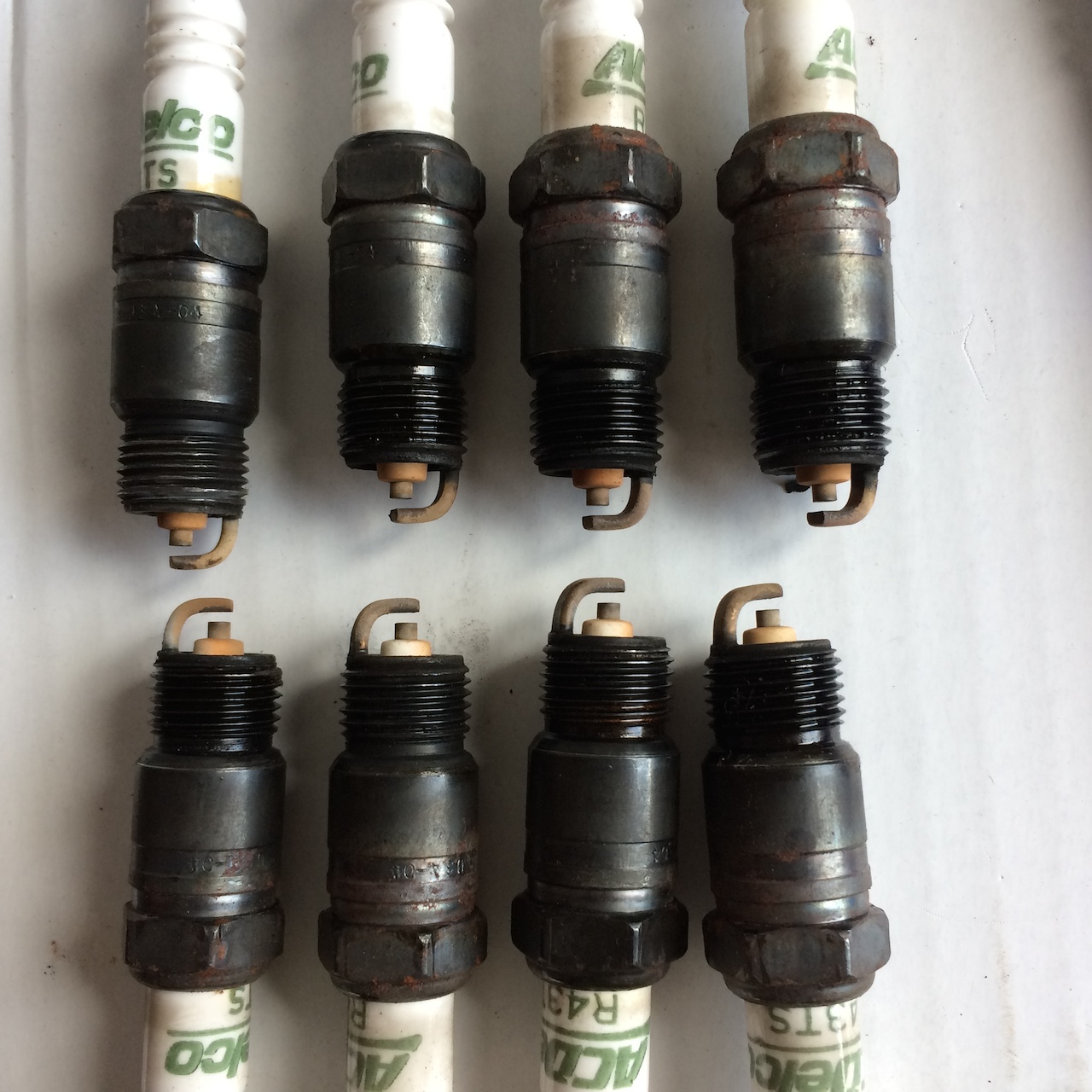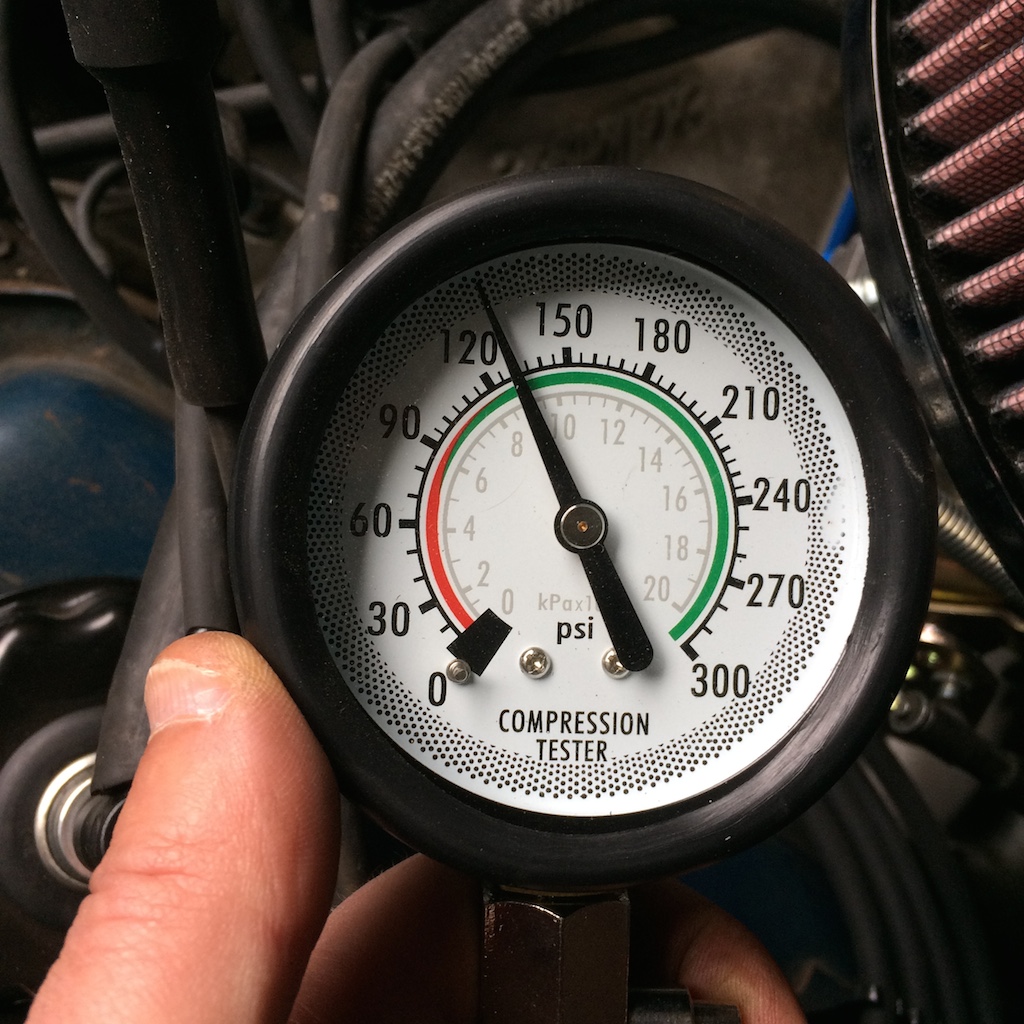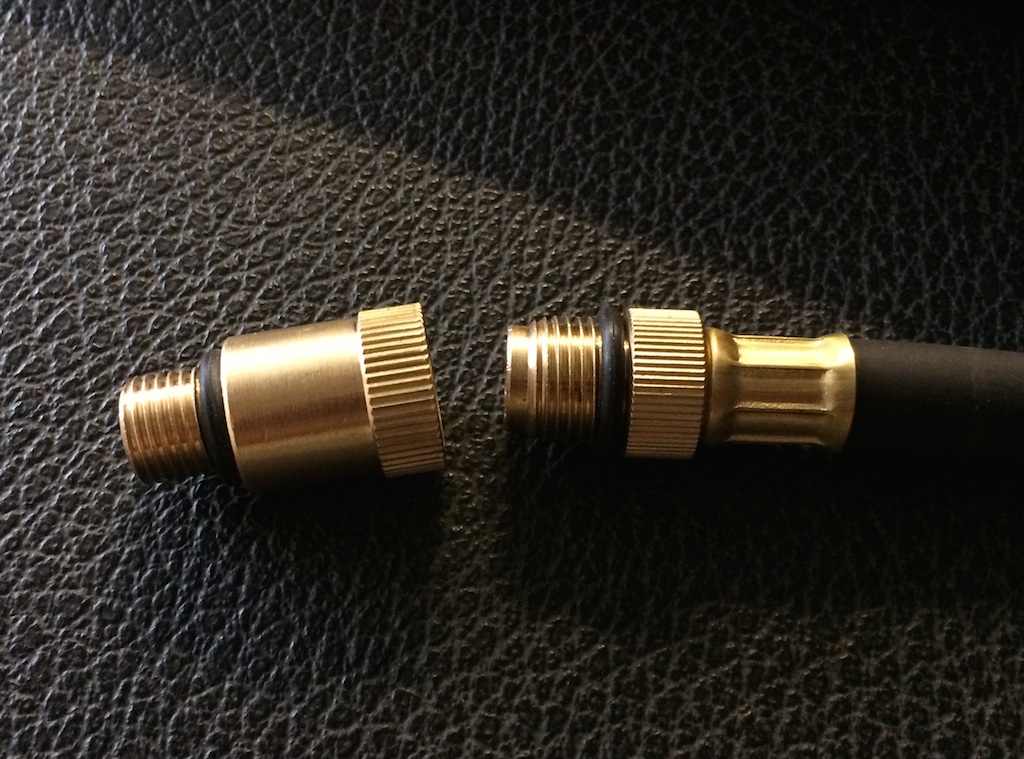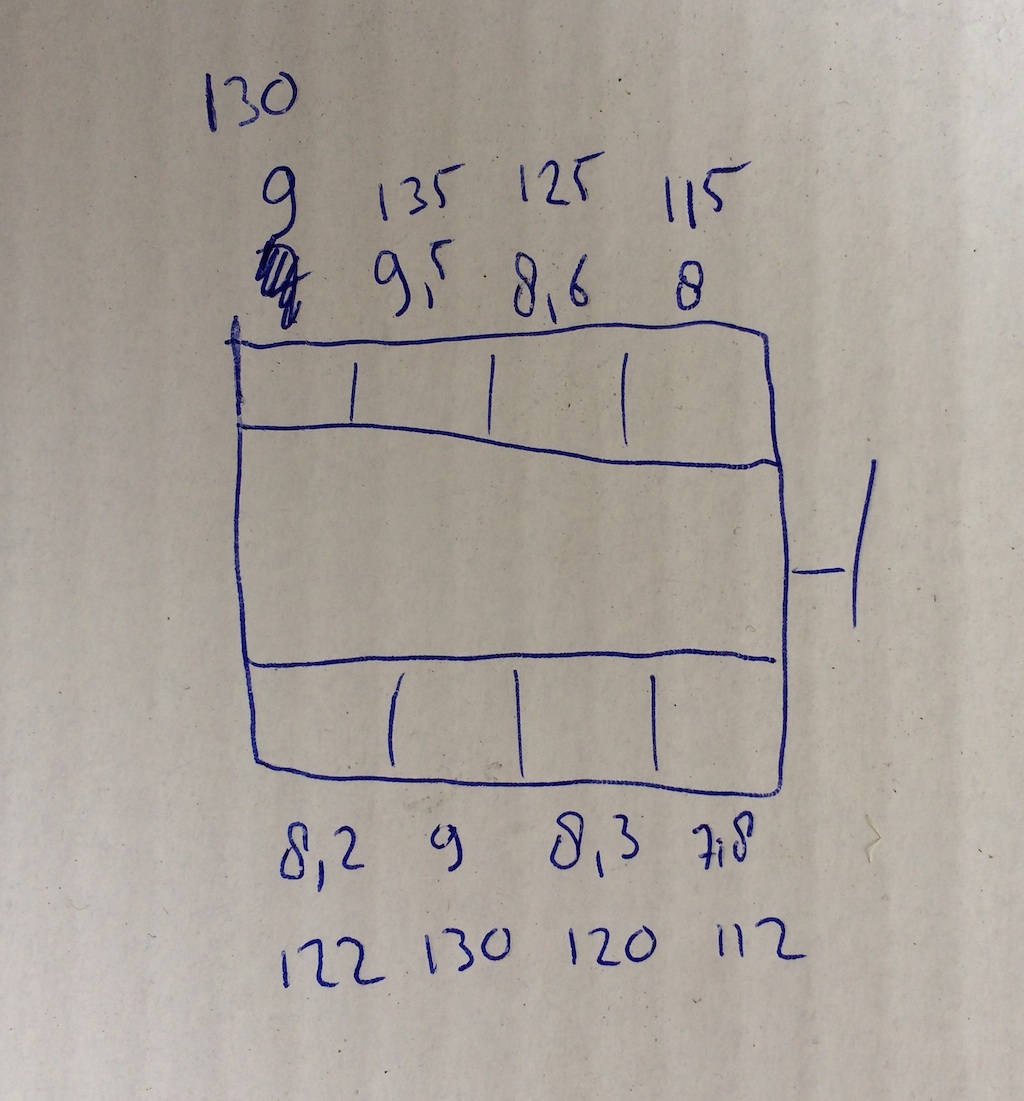- Joined
- Nov 7, 2013
- Messages
- 1,594
- Reaction score
- 286
- Location
- Amsterdam, The Netherlands
- My Car
- 1973 Mustang Grande 351C 2V, built on the very last production day (July 6, 1973) for Grande's.
just as a reference on pinging:
EDIT: Last night I pulled one of the plugs on the "cold" side. Looked perfectly normal. I did notice some oil on the thread but I believe that's nothing to be too worried about? There was no oil on the plug itself and it looked clean.
EDIT: Last night I pulled one of the plugs on the "cold" side. Looked perfectly normal. I did notice some oil on the thread but I believe that's nothing to be too worried about? There was no oil on the plug itself and it looked clean.
Last edited by a moderator:








